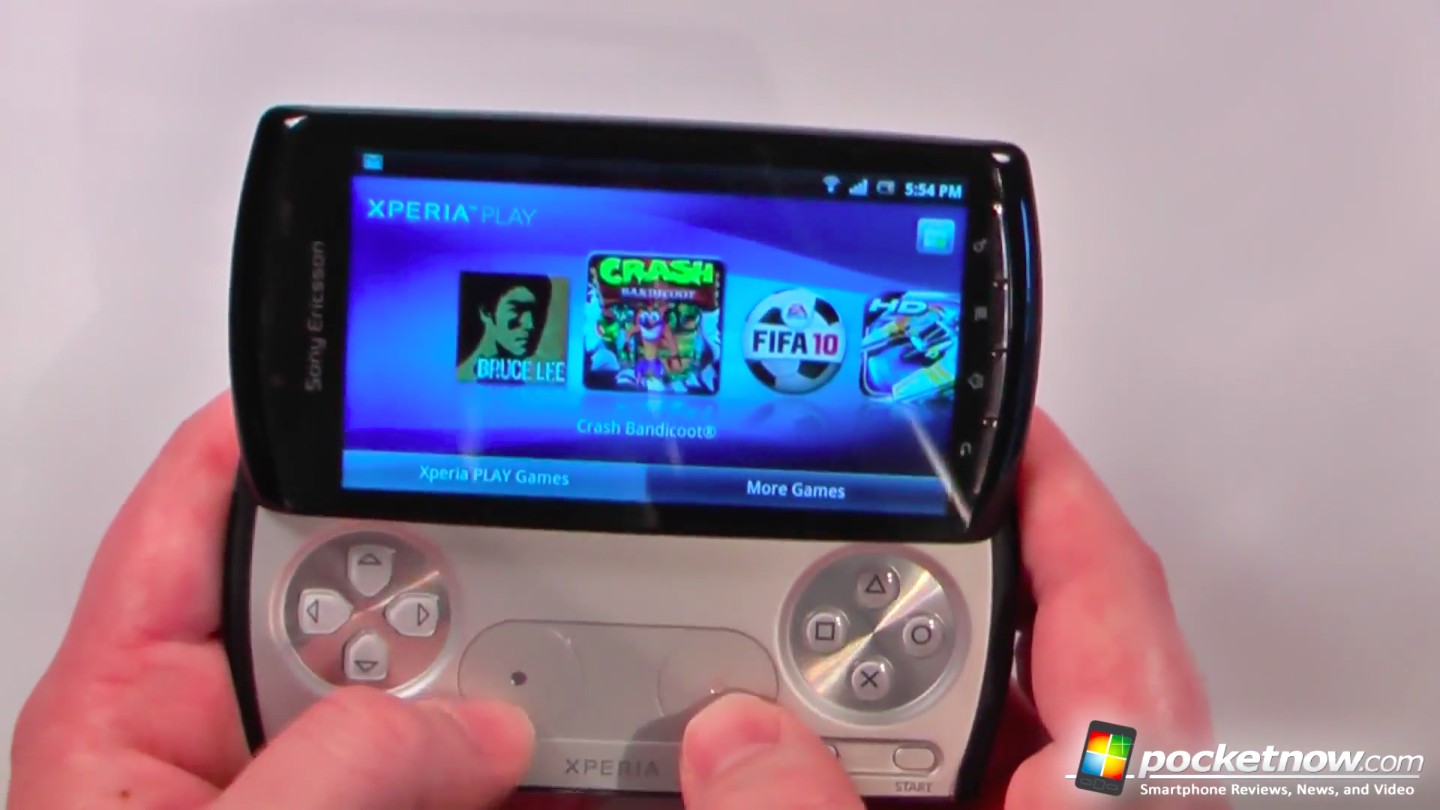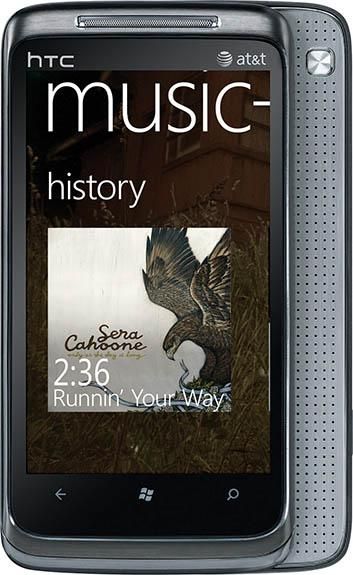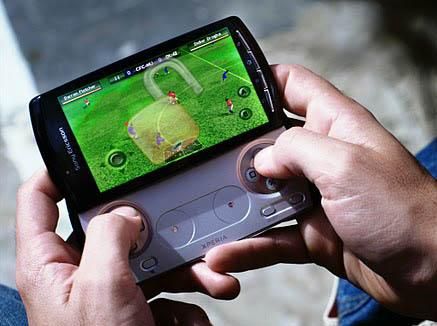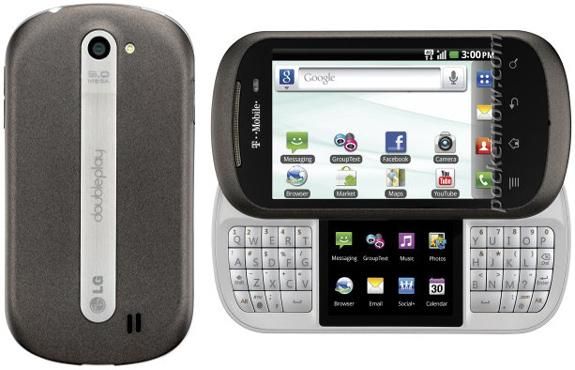If you read my last editorial, in which I criticized smartphone OEMs for no longer braving the market with daring new and crazy form factors like they used to, this might sound familiar to you. Back around the time Android first hit the market, manufacturers were going berserk with all kinds of different designs for what might be the perfect smartphone. Phones like the Kyocera Echo that folded out to reveal a whole second display, or the LG Optimus Vu with a giant 4:3 display … well, those phones were pretty bad. But at least the companies took risks!
But one form factor that seemed to take off pretty well and still exists today, albeit in much smaller numbers, is a design carried over from basic feature phones: the slide-out keyboard. If you look around the next time you’re in a public setting, you probably won’t find any more people using slide-out keyboard phones than could be counted with one hand, but they’re still out there — step into your nearest carrier store, and I can almost guarantee there’ll be at least one phone with a physical keyboard (though maybe no more than that). But while I’ve always personally had a distaste for physical keyboards on my smartphones, there’s one thing I used to notice on phones with retractable hardware: they didn’t always house keyboards.
Remember the HTC Surround? I don’t blame you, it wasn’t a very successful device that wasn’t around for long, but it was a pretty damn cool one. Pop that slider phone open and you’ll find just one button: the on switch for an entire Dolby-powered speaker bar! There was even a kickstand to prop the phone up while you blare your tunes. The end result was … not worth the tradeoff in weight and thickness. But especially given the company’s current reputation for audio and the strides in mobile technology that have been made in the five years since this quirky Windows Phone 7 handset left store shelves, I can’t shake the idea of a do-over.
Then there’s my personal favorite, the Sony Ericsson Xperia Play. The phone with the physical gamepad. The phone had its share of flaws, like a slow processor, messy software, and no access to Verizon’s LTE network, but you show me another phone with more immediate appeal to game-centric smartphone owners. It was like Sony gave the PSP a touchscreen and a cellular radio, and I don’t know that I had ever wanted a phone more badly at the time. Of course, this phone didn’t do too well either thanks to the aforementioned shortcomings and the prevalence of Bluetooth gamepads and emulators … but I was really into the idea of pulling my phone out and playing Crash Bandicoot wherever I went. In fact, I’d still like that. Come on, Sony. Give me an Xperia Z Play? Please?
There are a few other phones that tried to utilize the slider mechanic, like LG’s DoublePlay with its secondary display tucked between a physical keyboard, but it’s largely an untapped market that I feel was cut too short; a casualty of the increasingly monotonous candybar slab style that we’ve all decided is the best cross of practicality, comfort, and elegance. With how far we’ve come since manufacturers have dabbled in this field, I’d love to see someone, anyone, give it another go (Seriously, Sony. Get to work on my waterproof Spyro machine.).
But what about you? Do you want to see some more experimentation happening from smartphone OEMs? Or are you comfortable with the market as-is? And on a side note, do you think this is the kind of thing we might be able to recreate with modular phones like Project Ara? Sound off in the comments below!




